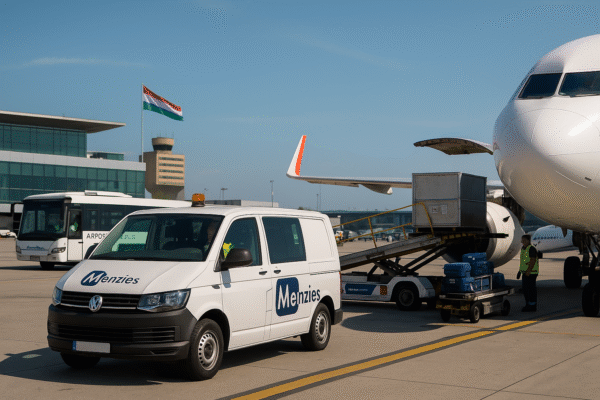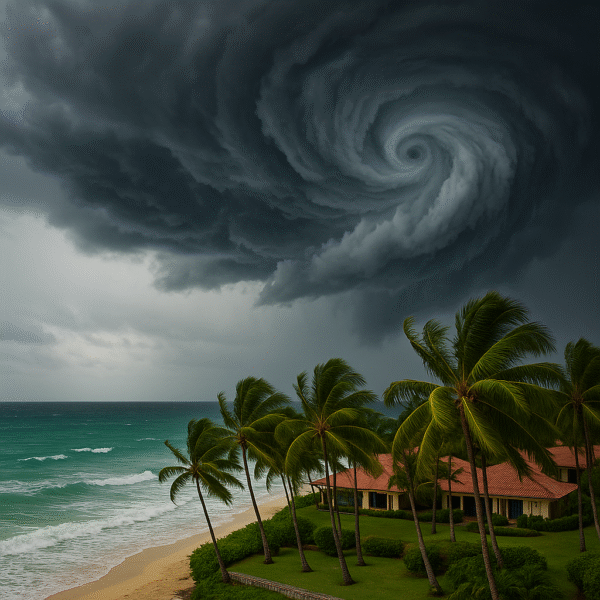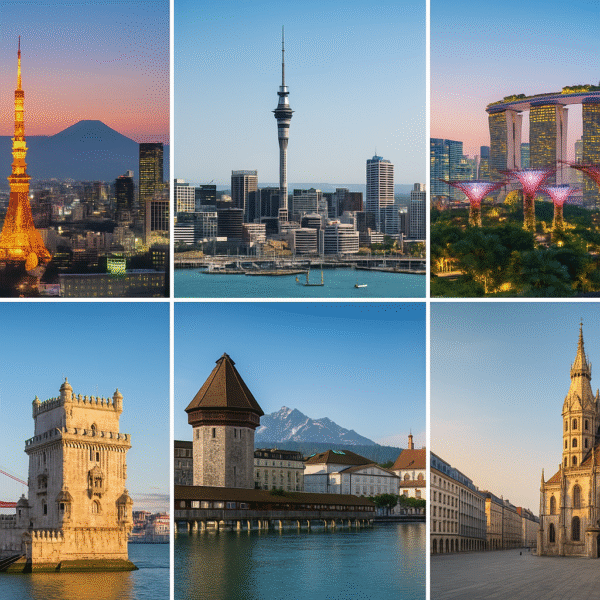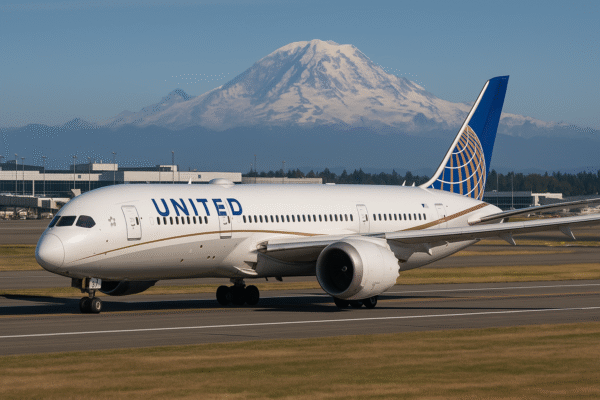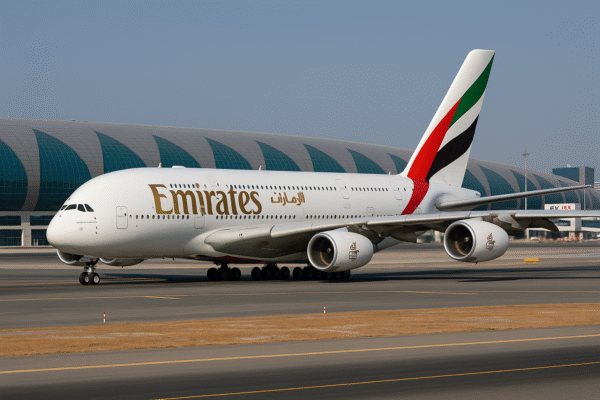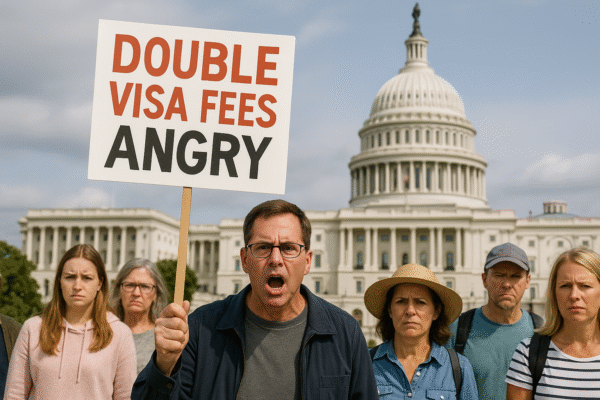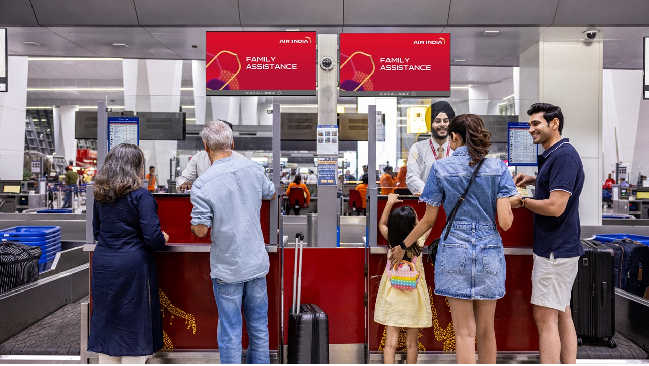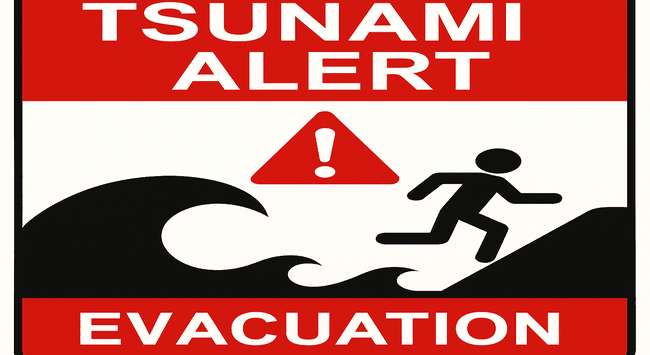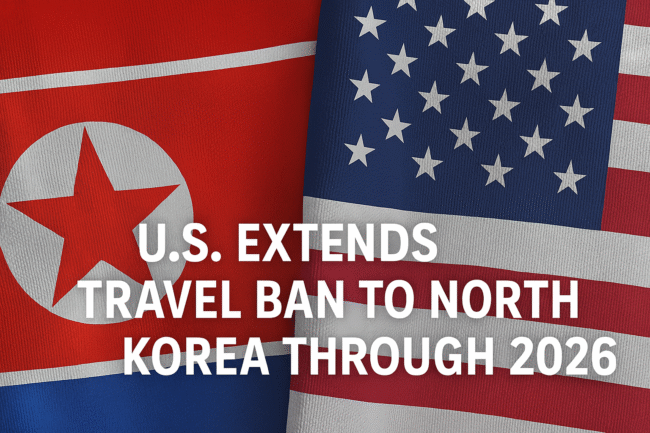In a controversial move drawing international criticism, the United States government is preparing to double the cost of its Electronic System for Travel Authorization (ESTA), a requirement for travelers from 41 allied countries. The price hike—from $21 to $40—comes as part of the Trump administration’s broader policy initiative known as “One Big Beautiful Bill,” which seeks to fund infrastructure, border security, and travel system upgrades. But the tourism industry warns the fee increase may come at the cost of declining visitor numbers and strained diplomatic ties.
Tourism Revenue at Risk Amid Policy Shift
International tourism plays a pivotal role in the U.S. economy, contributing billions in spending and supporting countless jobs. In 2024 alone, Canadian tourists—America’s largest inbound travel market—poured over $20.5 billion into the U.S. economy. Yet the current climate of rising visa-related costs and perceived unwelcoming policies has spurred growing discontent, particularly among repeat travelers from Canada. Many have vowed to vacation elsewhere until changes are made.
European travelers from high-spending countries such as the UK, Germany, France, and the Netherlands are also shifting their travel preferences, often opting for Canada or other destinations that are viewed as more traveler-friendly. Industry leaders worry this trend could accelerate under the new ESTA fee structure, further threatening tourism-dependent regions across the United States.
Understanding ESTA: A Gateway Now Growing Costlier
The ESTA system allows citizens from Visa Waiver Program (VWP) countries to visit the U.S. for up to 90 days without a traditional visa. Participating countries include close allies such as Japan, Australia, South Korea, and nearly every major European nation. Travelers must apply for ESTA online before departure, and while approvals are generally fast, the application remains a mandatory requirement.
While the system enhances border security through pre-screening and streamlines entry, the proposed doubling of its cost has triggered global concern—especially as the tourism sector continues recovering from pandemic-era declines.
Government Justification: Infrastructure and Security
Supporters of the fee increase argue that additional funds are essential for upcoming international events, including the 2026 FIFA World Cup and the 2028 Los Angeles Olympics. Investments in air traffic control, border staffing, and modernized visitor processing are also cited as reasons behind the hike.
However, critics—including the U.S. Travel Association—warn that this “self-imposed tariff” on friendly nations could deter tourism at a time when the U.S. is already facing waning international interest. They argue that making entry more expensive could ultimately undermine the very economic growth these investments aim to support.
Countries Affected by the ESTA Fee Hike
Travelers from the following 41 countries will be subject to the new $40 ESTA fee:
Europe: Andorra, Austria, Belgium, Croatia, Czech Republic, Denmark, Estonia, Finland, France, Germany, Greece, Hungary, Iceland, Ireland, Italy, Latvia, Liechtenstein, Lithuania, Luxembourg, Malta, Monaco, Netherlands, Norway, Poland, Portugal, San Marino, Slovakia, Slovenia, Spain, Sweden, Switzerland, United Kingdom
Asia: Brunei, Israel, Japan, Singapore, South Korea, Taiwan
Oceania: Australia, New Zealand
South America: Chile
International Backlash and Economic Fallout
Tourism boards and industry leaders across these nations have voiced concern, warning that increased costs may push travelers toward more welcoming destinations. Canadian travel agents, for instance, have reported a surge in demand for domestic and European travel alternatives. Meanwhile, smaller U.S. cities reliant on international tourism may face job losses and reduced revenue if inbound travel continues to decline.
Analysts emphasize that the long-term damage could be greater than the short-term financial gain, particularly as tourism competes with other sectors in driving economic growth and global perception.
Striking a Balance Between Security and Hospitality
The debate over the ESTA fee hike reflects a broader dilemma: how to reconcile national security priorities with the need to foster international goodwill and economic prosperity. While infrastructure upgrades are vital, critics argue that punitive travel costs risk alienating longtime allies and frequent visitors.
A Defining Moment for U.S. Travel Policy
As global travelers reconsider their itineraries, the U.S. tourism industry stands at a critical juncture. With international visitation still lagging behind pre-pandemic levels, many stakeholders advocate for gradual policy reforms rather than abrupt financial barriers. Restoring the U.S.’s image as a welcoming destination may prove just as important as border modernization.
The coming months will reveal whether the ESTA fee increase strengthens America’s infrastructure or diminishes its allure as a global travel destination.
For more travel news like this, keep reading Global Travel Wire


